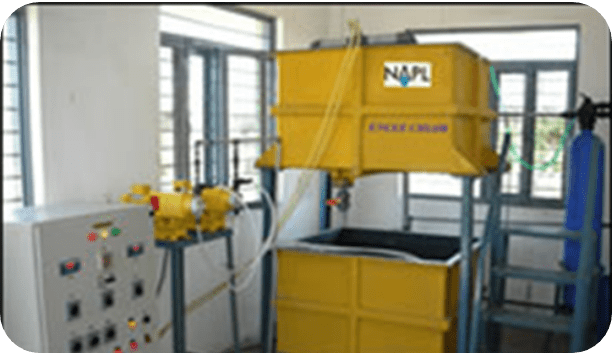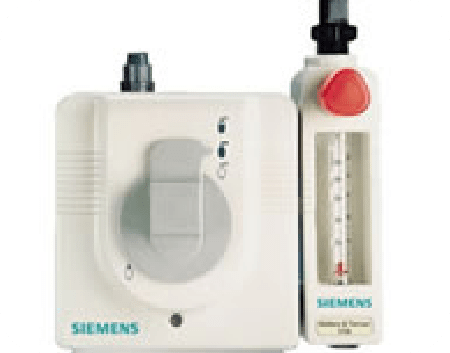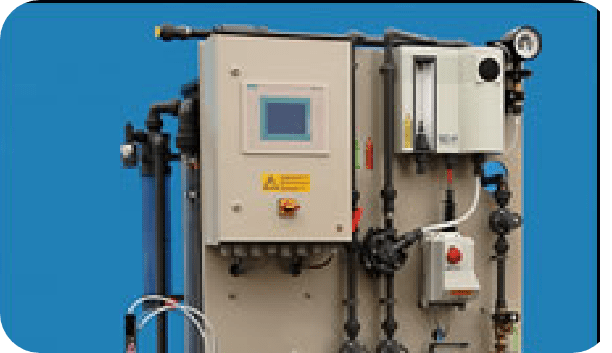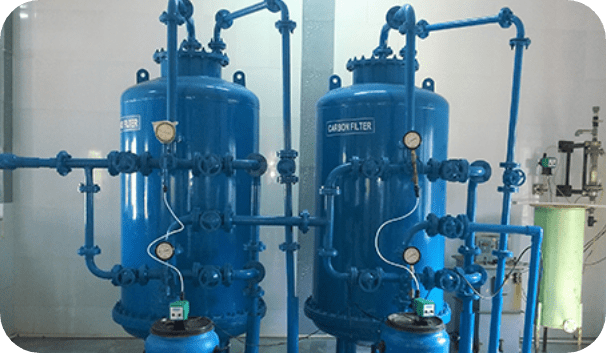Chlorination System: A Cost-Effective Approach to Water Disinfection
In a country where a majority of the population is struggling to get access to safe drinking water, it is not surprising that waterborne diseases like cholera, dysentery, and typhoid are a big menace. The need for safe, purified drinking water can be addressed across individual households, but in many ways, our best bet is to make drinking water safe at the source or en masse. It may be pertinent to note here that India’s drinking water demand comprises about 4-6% of the total water demand. Currently, about 30% of the Indian rural population does not have access to drinking water, and only 7 states have full availability of drinking water across their rural areas. Globally, too, the water demand is scaling up at unprecedented rates. The global water consumption is nearly doubling every 20 years, a rate that is twice the percentage at which the population is growing. At the same time, it is concerning that out of the 3% of the remaining freshwater sources on the earth’s surface, less than 0.4% are accessible. Given the circumstances, we at Rite Water Solutions feel obligated to contribute towards water-crisis management in every possible manner. According to us, a cost-effective and efficient disinfection technology is one of the best solutions to this problem.














